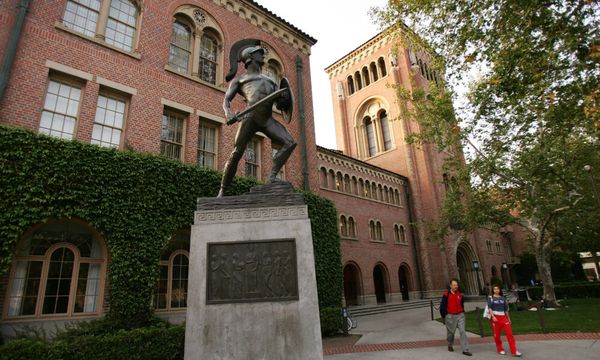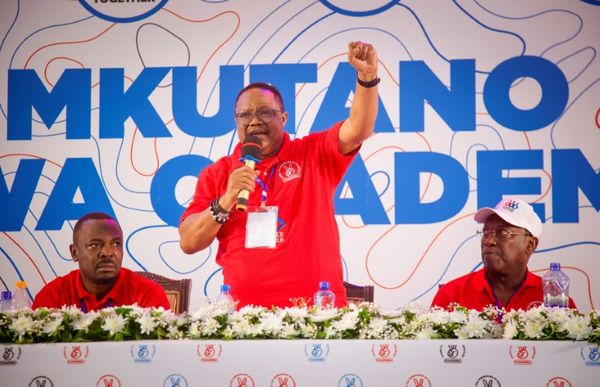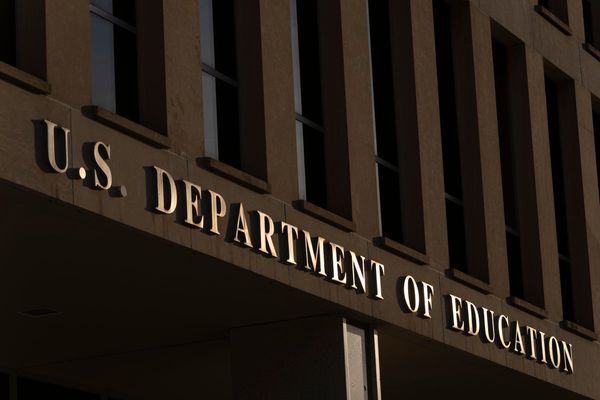
Residents of a violence-torn province in northern Colombia are bracing for further bloodshed as a conflict between rival armed groups spread to a regional capital in scenes residents said they had not witnessed since the cartel unrest of the 1990s.
The mayor of Cúcuta imposed a 48-hour curfew on the population of 1 million inhabitants in the hope of regaining control of the city after combatants of Colombia’s largest armed group, the National Liberation Army (ELN), attacked police stations with assault rifles and grenades and destroyed toll booths with car bombs.
At least six were injured as the Colombian army skirmished with dozens of combatants.
The wave of violence is the latest blow to President Gustavo Petro’s failing efforts to bring peace to Colombia by dialoguing with armed groups and 122,000 people in northern Colombia now require urgent assistance, according to the humanitarian organization Project Hope.
“It’s very tense. The police and military are on every corner and everyone is in a state of panic because we are all wondering where they are going to bomb next,” said Beatriz Carvajal, a 50-year-old teacher in the regional capital, who said businesses were shuttered, schools closed and the streets eerily quiet. “I am in a group with other teachers and none of us can remember anything like this since the 1990s when Pablo Escobar was blowing up whatever he wanted.”
The unrest started in the surrounding Catatumbo region in mid-January when the ELN began warring with dissident factions of the now defunct Revolutionary Armed Forces of Colombia (Farc), killing 80 people, displacing 50,000 and prompting Petro to declare a state of emergency and cut off fragile peace talks with the armed rebels.
Fighting also broke out in the Amazon rainforest, at the other end of the country, where 20 were killed, while this week the ELN placed thousands of residents of the Chocó regionon the Pacific coast under strict lockdown.
The outbreaks of unrest in rural and urban areas hundreds of miles apart has added to a sense of loss of control that Colombia had not seen for years.
More people have been displaced so far this year than in the entirety of 2024.
“We cannot allow these terrorist actions to hold Cúcuta hostage,” the city’s mayor, Jorge Acevedo, told local media. “This is about protecting our people and restoring order.”
Colombia signed a historic peace agreement with the Farc in 2016, formally ending six decades of war that left 450,000 dead and millions more displaced.
New armed groups have since emerged to fill the void and Petro has made little progress with his efforts to bring peace by negotiating with all major armed factions.
The number of armed factions in the country surged from 141 in 2022 to 184 in 2024, said Colombia’s rights ombudsman.
Cúcuta’s location on the lawless border with Venezuela has made it a hub for illicit activity and about 25 groups are vying for control over cocaine trafficking, contraband and other criminal enterprises.
The escalating violence has fueled a growing humanitarian crisis, with a lack of water and healthcare and concerns for the conditions in refugee camps where outbreaks of parasitic infections have been documented.
“Violence has been relentless and the humanitarian crisis has reached catastrophic levels,” said Mónica Hoyos, Project Hope’s program director in Colombia. “Hospitals are at a breaking point, facing critical shortages.”







